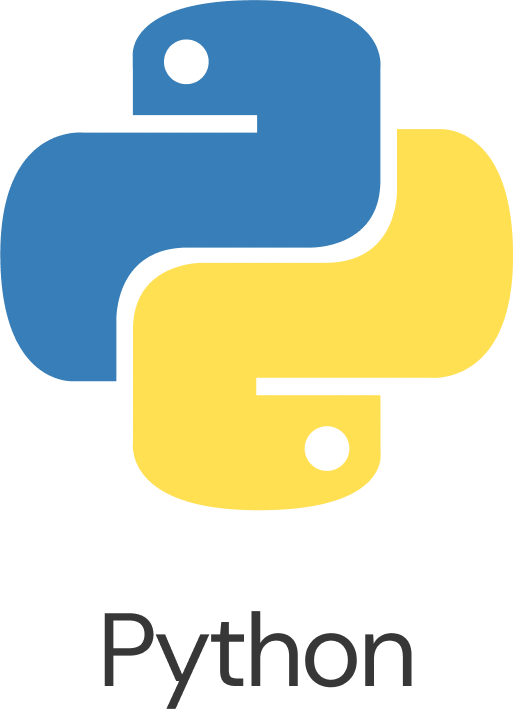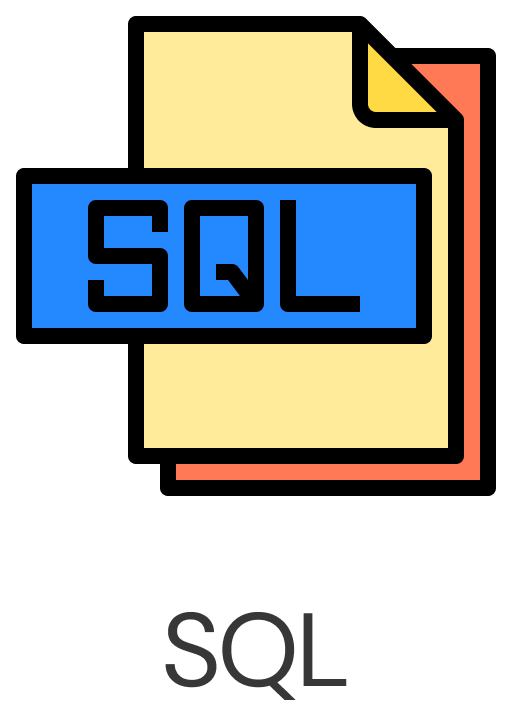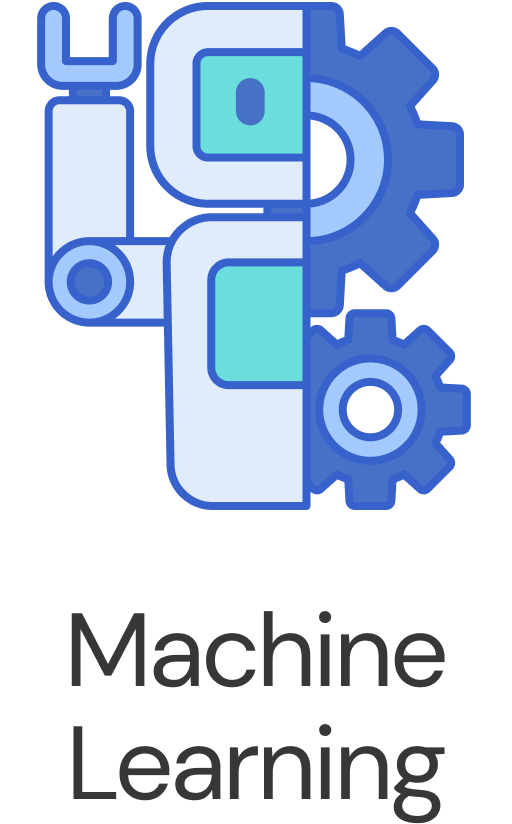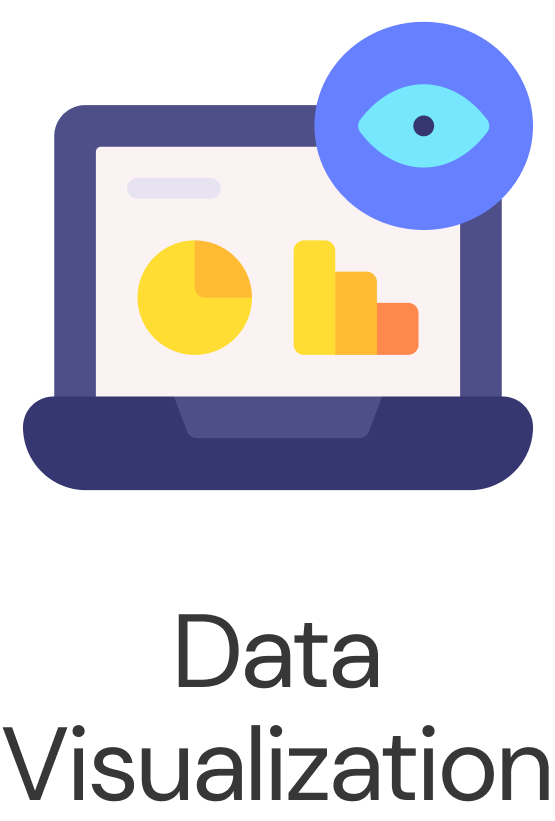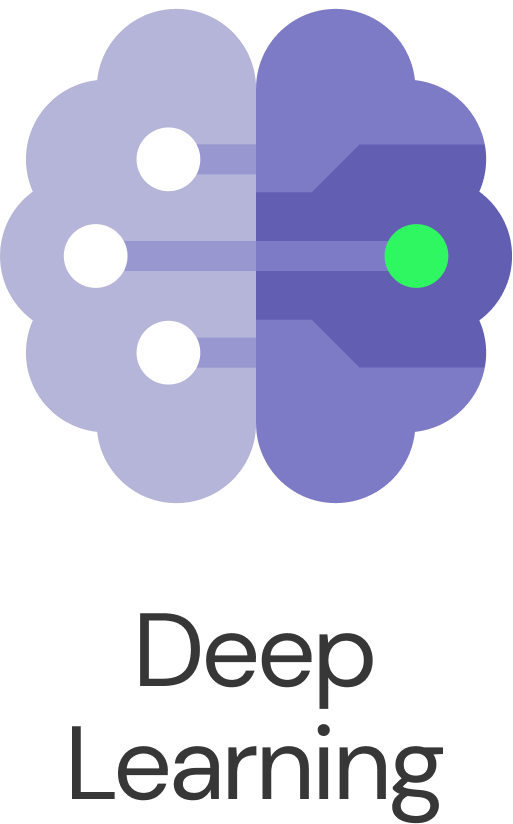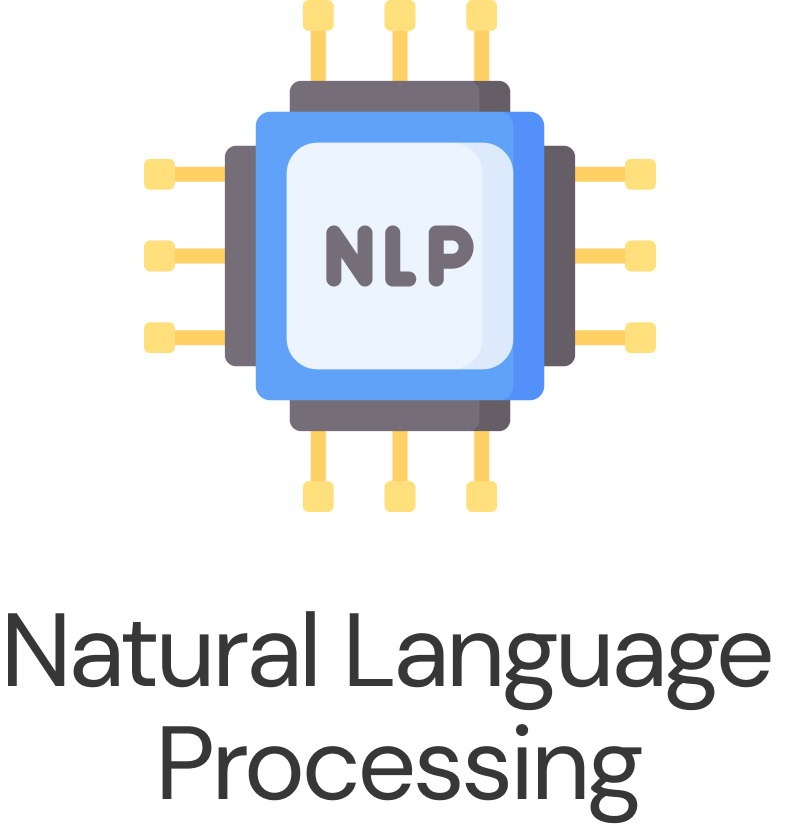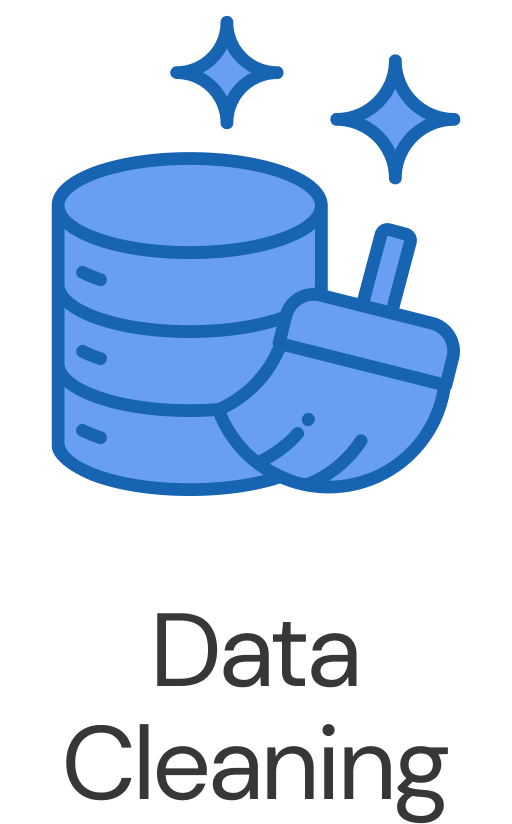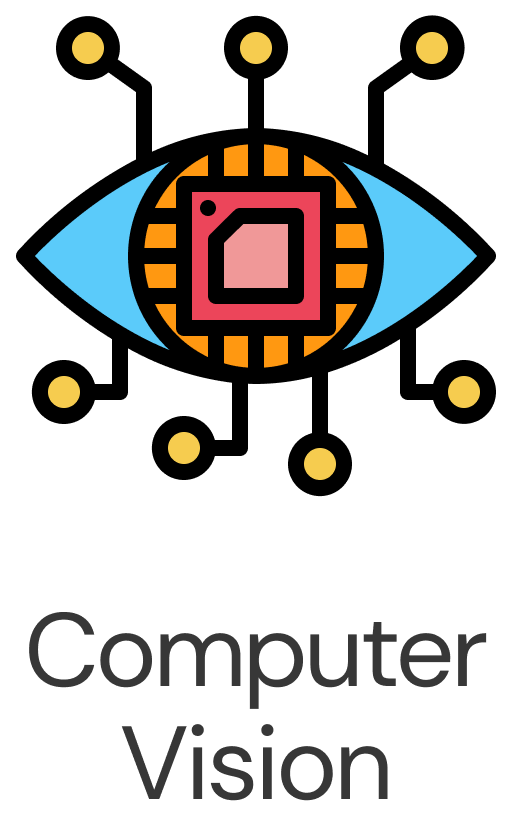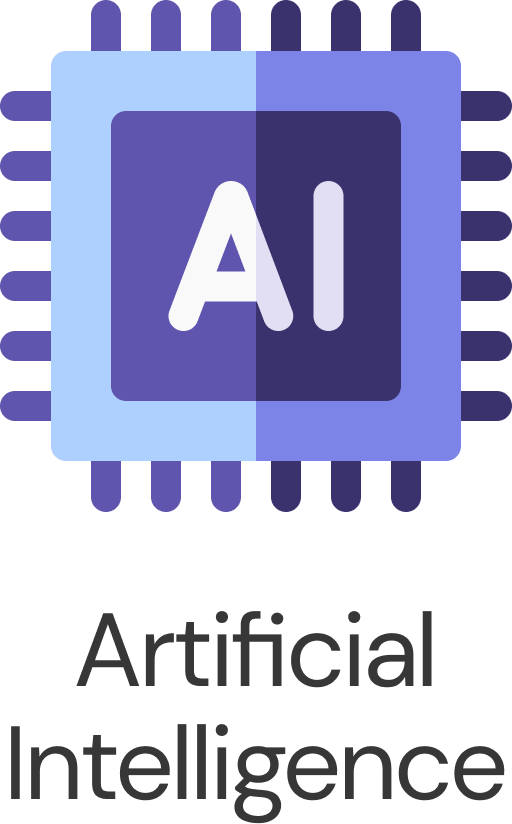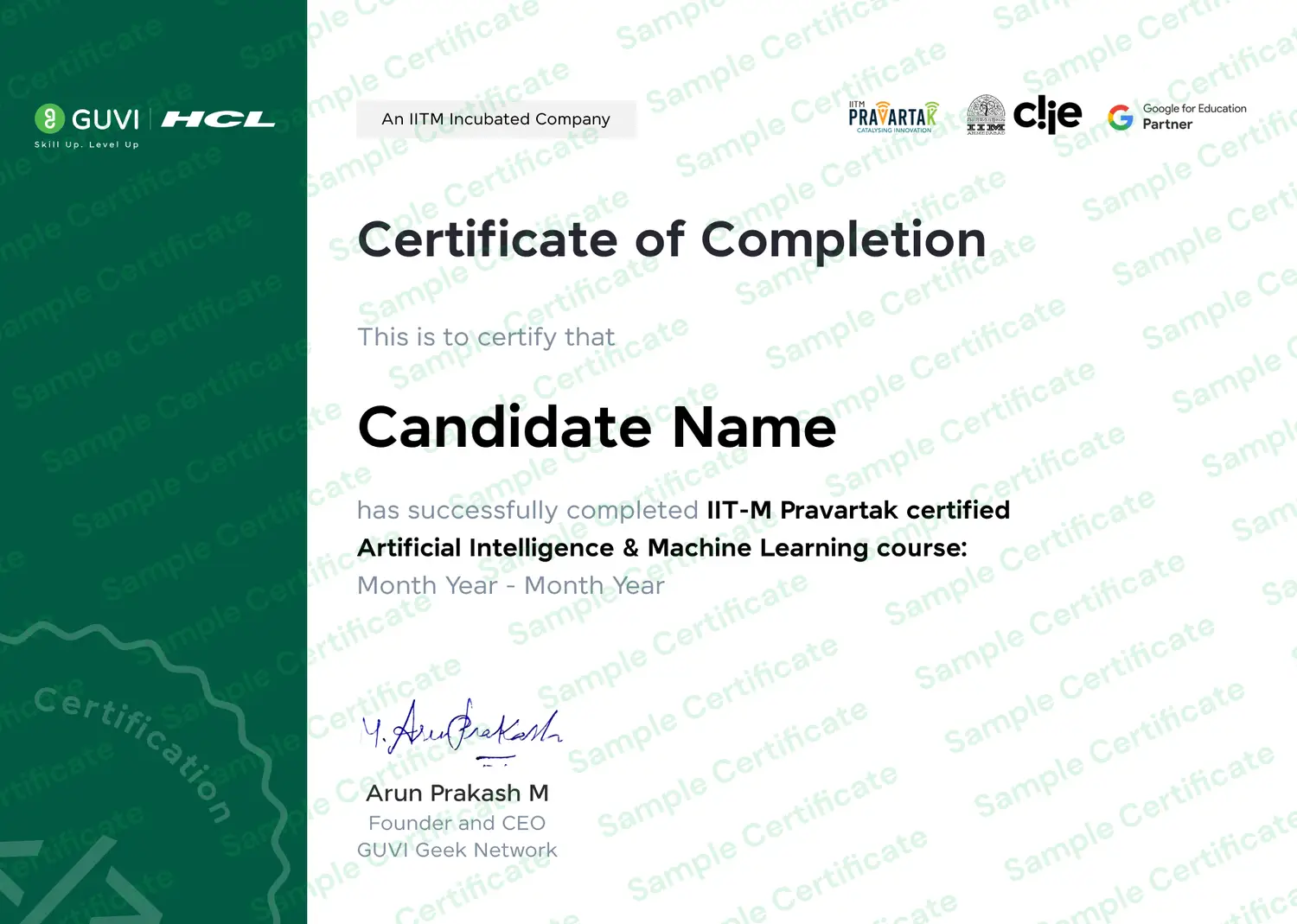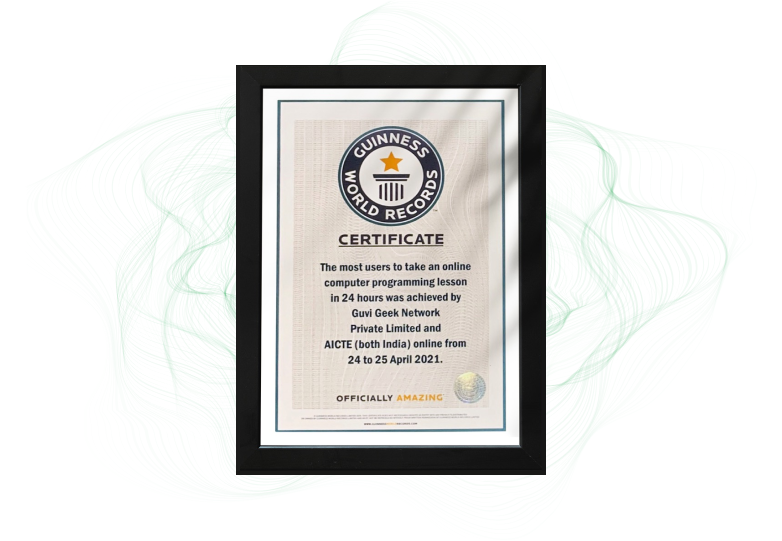

Learn from the best, build real-world projects, and get placement-ready for a successful AI/ML career!
By submitting, I agree to be contacted via phone, SMS, or email for offers & products, even if I am on a DNC/NDNC list
Duration
5 months (Weekend)
Format
Online Live Class learning Program
Hiring partners
600+ Companies
EMI Options
Upto 12 months
Zen Class offers the industry’s leading project-based professional courses powered by GUVI(an IIT-M & IIM-A incubated EdTech company), the Zen class is exclusively curated by the founders(ex-PayPal employees). With World-class mentorship from industry experts, a vernacular approach in upskilling & more than 600 top companies like Flipkart, as hiring partners, Zen class gives a competitive advantage for its learners to land their dream job.
AI & ML Program is an Advanced Career Program from GUVI's Zen Class. This Program will help you become an Artificial Intelligence & Machine Learning Expert in just 5 Months.
By the end of 2025, AI is forecasted to create 2.3 Million jobs, with the highest demand for roles such as AI developers, machine learning engineers & data scientists. Also, according to studies done by the World Economic Forum(WEF), domains such as Artificial Intelligence, Machine Learning, and Data Analytics could create 133 Million new jobs globally. The average salary earned by a professional AI & ML Engineer is ₹11.3 Lakhs per Annum in India.
In this program, we adopt a case study methodology to disseminate the latest Developments in Cloud Technologies, Deep Learning, NLP and Machine Learning Model Building and its Deployment with the fundamentals of Artificial Intelligence.
& more
"Most Trusted Vernacular Edtech Brand"
Awarded by ZEE Digital during ZEE National Achievers Awards 2022.
AI-for-India 1.0 - Guinness World Record Holder
Broke the Record for most users taking an online computer programming lesson in 24 Hrs.
"Best Online Personalised Learning Programs"
Awarded by ENTREPRENEUR INDIA for having the best online personalized learning programs
₹1,30,999
₹89,999
(incl. taxes)
Request a Callback. An expert from the admissions office will call you in the next 24 working hours. You can also reach out to us at cs@guvi.in or +91-9736097320
Apply now to Unlock Offer!
By submitting, I agree to be contacted via phone, SMS, or email for offers & products, even if I am on a DNC/NDNC list
Apply now to Unlock Offer!
By submitting, I agree to be contacted via phone, SMS, or email for offers & products, even if I am on a DNC/NDNC list
By submitting, I agree to be contacted via phone, SMS, or email for offers & products, even if I am on a DNC/NDNC list.
By submitting, I agree to be contacted via phone, SMS, or email for offers & products, even if I am on a DNC/NDNC list.
Final Step! OTP Verification

